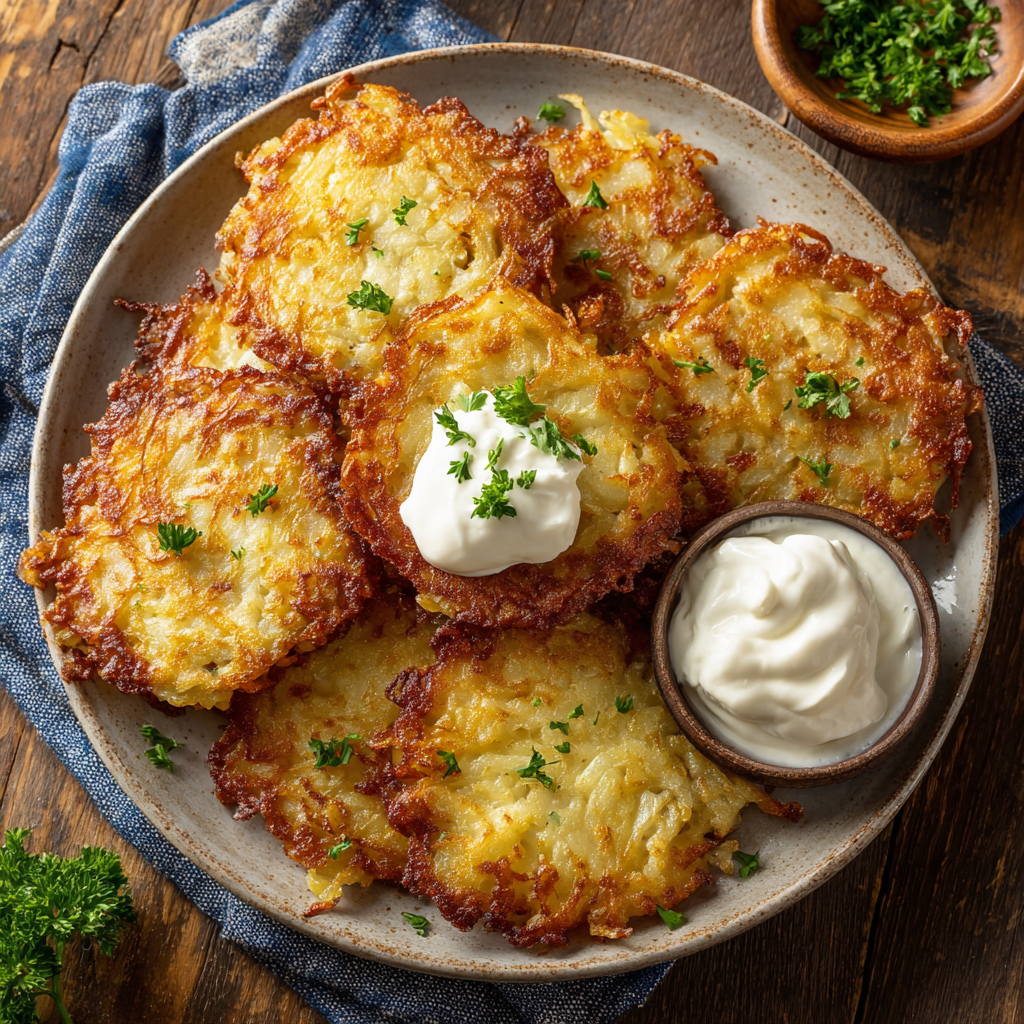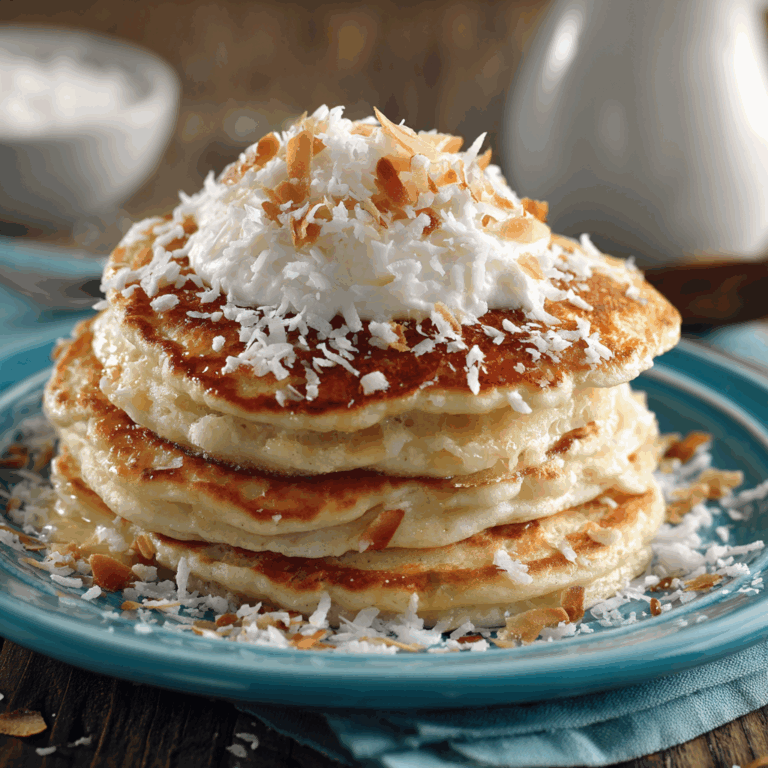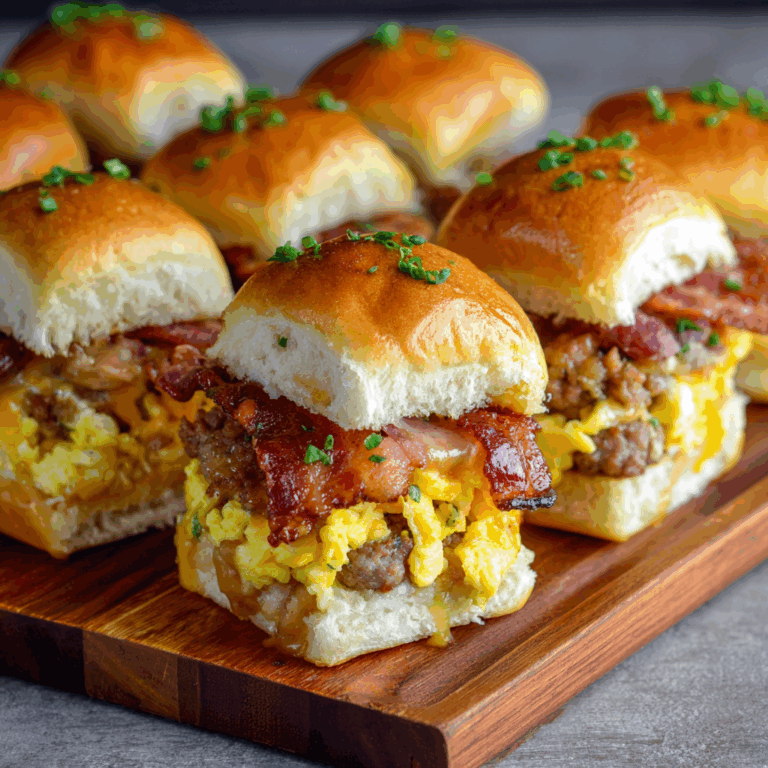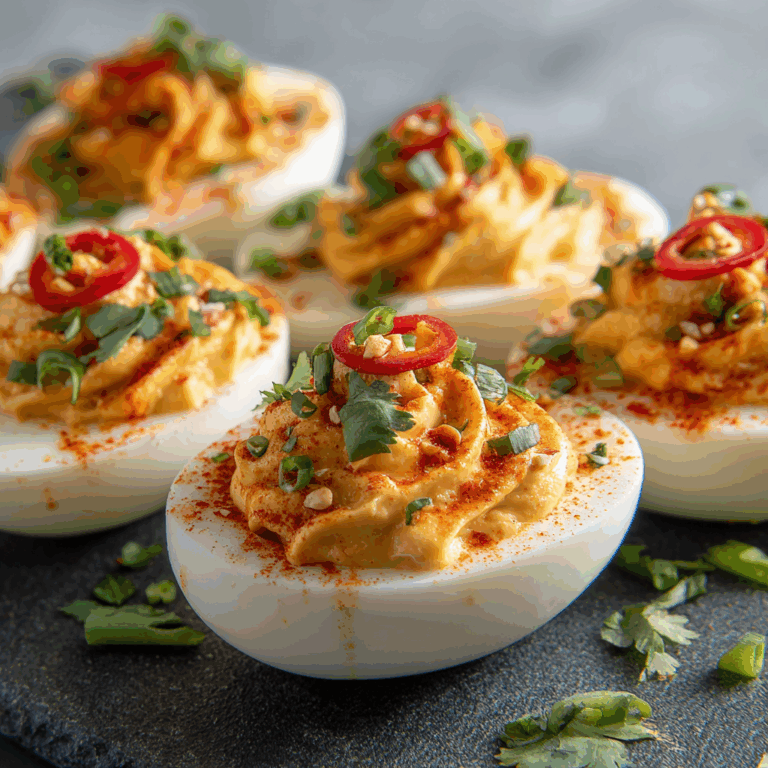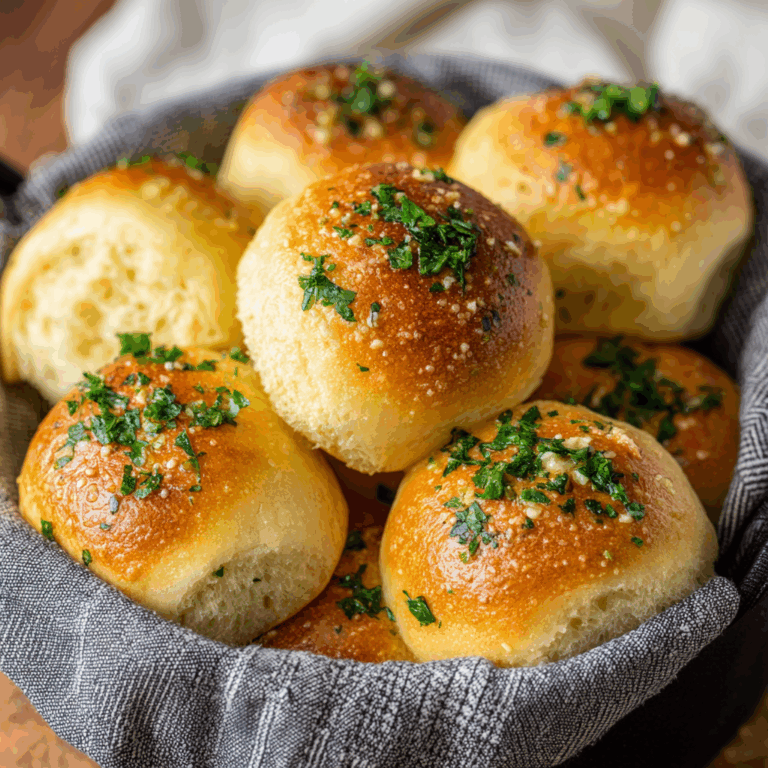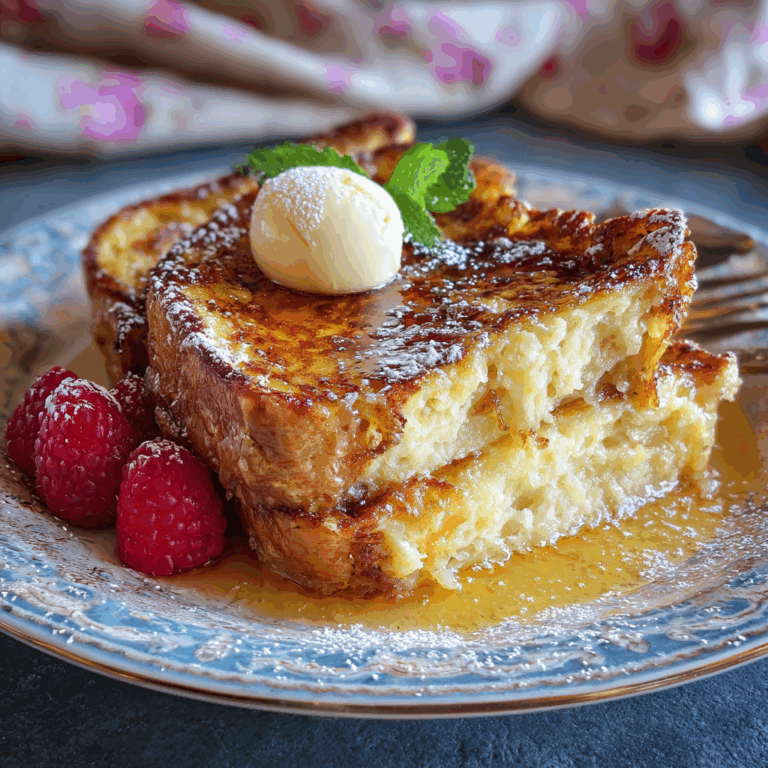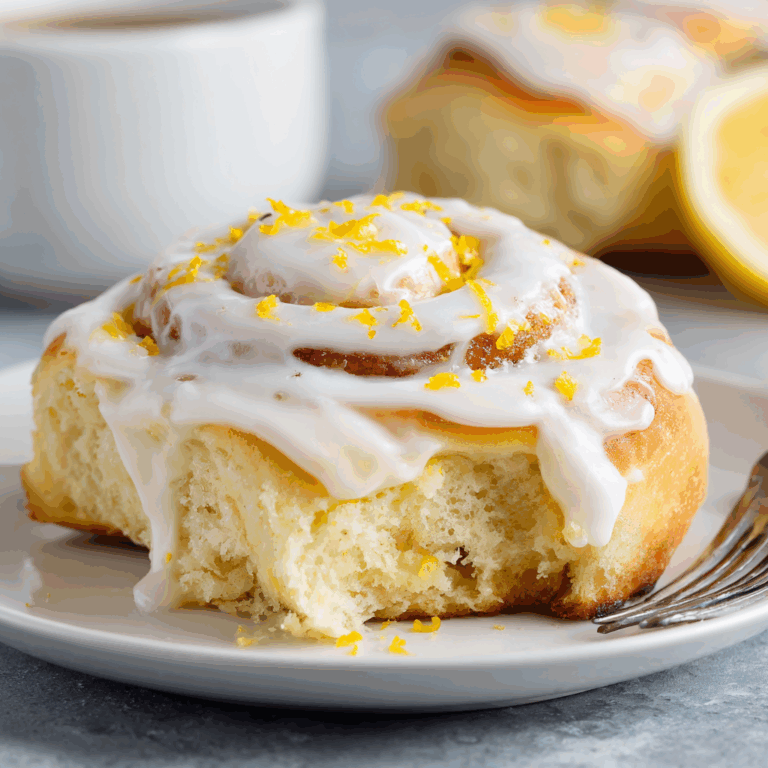Crispy, Golden, and Irresistible: Your Ultimate Guide to Authentic German Potato Pancakes
Crispy, Golden, and Irresistible: Your Ultimate Guide to Authentic German Potato Pancakes
There are few dishes in the world that so perfectly embody the soul-warming essence of comfort food quite like the German Potato Pancake. Known in Germany as Kartoffelpuffer or Reibekuchen, depending on the region, these golden, crispy-edged delights are a testament to the humble potato’s incredible potential. They are a culinary hug, a plate of pure, unadulterated joy that is simultaneously simple to make and profound in its satisfaction. If you’ve ever wandered through a German Christmas market, tantalized by the scent of frying potatoes and onions, you know the magnetic pull of this classic dish. Today, we’re not just sharing a recipe; we’re diving deep into the heart of what makes these German Potato Pancakes so special, from their historical roots to the secrets for achieving that perfect, shatteringly crisp exterior and tender, flavorful interior.
This isn’t just a side dish; it’s a versatile canvas for a myriad of toppings, a star appetizer for your next gathering, and a beloved main course for a cozy family dinner. So, tie on your apron, and let’s embark on a culinary journey to master the art of the perfect German Potato Pancake.
A Bite of History: The Humble Origins of the Kartoffelpuffer
To truly appreciate a dish, it often helps to understand its past. The story of the German Potato Pancake is inextricably linked to the history of the potato itself in Europe. Originally from the Andes, potatoes were introduced to Germany in the late 17th century. Initially met with suspicion, they were often considered food for the poor or livestock. However, their resilience as a crop and their incredible nutritional value eventually won people over.
The concept of grating a starchy vegetable and frying it into a pancake is a practice born from thrift and necessity. German housewives, masters of creating delicious meals from simple, readily available ingredients, discovered that grated potatoes, bound with a little flour and egg, could be transformed into something truly magical in a hot pan. The dish became a staple, especially in regions like Westphalia and the Rhineland, where it was a popular way to use up leftover potatoes.
Today, German Potato Pancakes hold a place of honor in German cuisine. They are a fixture at street festivals, especially during Karneval (carnival season) and the beloved Christmas markets, where they are served piping hot, dusted with powdered sugar or crowned with applesauce. They are a food of celebration, of community, and of home—a legacy we get to continue every time we grate our first potato.
The Anatomy of the Perfect German Potato Pancake: Ingredients Deep Dive
The ingredient list for authentic German Potato Pancakes is beautifully short, which means the quality and treatment of each component is paramount. Let’s break down the role of each one:
-
1 lb Russet Potatoes: The undisputed star. Russets (or other starchy potatoes like Idahos) are non-negotiable. Their high starch content is the engine behind the pancake’s crispiness. This starch, when released and cooked, creates a delicate, lacy, crispy network. Waxy potatoes like Red Bliss or Fingerlings will result in a gummy, sticky texture—the antithesis of what we want.
-
1 Small Yellow Onion: This is the flavor powerhouse. The onion adds a subtle sweetness and savory depth that balances the potato’s earthiness. Grating it directly into the mixture ensures its flavor is distributed evenly throughout every bite.
-
1 Large Egg: The binder. The egg acts as the glue that holds the shredded potato and onion together, preventing the pancakes from falling apart in the pan.
-
3 Tbsp All-Purpose Flour: The secondary binder and structural support. Flour absorbs excess moisture and, combined with the potato starch, helps form a cohesive batter that fries up crisp.
-
Pinch of Salt & Black Pepper: The essential seasonings. Salt is crucial for enhancing all the other flavors, while black pepper adds a gentle, warming kick. The “pinch” is a starting point; you will always adjust seasoning at the end.
-
Vegetable Oil for Frying: The medium for transformation. You need a neutral oil with a high smoke point. Vegetable, canola, or peanut oil are perfect. The key is to have enough oil to shallow-fry the pancakes, creating a crispy base without fully submerging them (which would make them greasy).
The Arsenal: Why Your Equipment Matters
While you can make German Potato Pancakes with just a box grater and a frying pan, the right tools elevate the process and the result from good to legendary.
-
12-cup (or larger) Food Processor: This is the ultimate time-saver and consistency-ensurer. Using the shredding disk attachment, you can process your potatoes and onion into perfectly uniform shreds in seconds. This uniformity is key to even cooking.
-
Heavy Cast-Iron Skillet (10″–12″ size): If there’s one piece of equipment I would insist on, it’s this. A heavy-bottomed cast-iron skillet retains and distributes heat incredibly evenly, preventing hot spots that can burn your pancakes before they cook through. It also creates a fantastic sear, contributing to that signature crispy crust.
-
Digital Instant-Read Kitchen Thermometer: The secret weapon for perfectly fried foods. Frying at the correct temperature (around 350-375°F or 175-190°C) is critical. If the oil is too cool, the pancakes will absorb oil and become soggy. If it’s too hot, they will burn on the outside while remaining raw inside. A thermometer takes the guesswork out entirely.
The Master Method: A Step-by-Step Guide to Crispy Perfection
Follow these steps carefully, and you will be rewarded with the best German Potato Pancakes of your life.
Step 1: The Great Grate
Wash and peel the potatoes. Using your food processor’s shredding disk or the large holes of a box grater, grate the potatoes and the onion into a large bowl. Work relatively quickly from this point, as the exposed potato will begin to oxidize and turn pink or grey. This is harmless but can be slightly unattractive.
Step 2: The Critical Drain
This is arguably the most important step for crispiness. Potatoes are full of water. Once grated, you will likely see liquid pooling at the bottom of the bowl. You must remove this. The best method is to take handfuls of the potato-onion mixture and squeeze them firmly over the sink or another bowl. You will be amazed at how much liquid comes out. Some traditional recipes even let the squeezed liquid sit for a minute so the potato starch settles at the bottom; this starch is then scraped back into the dried potato mixture, acting as a super-powered, natural binding and crisping agent.
Step 3: The Binding
Add the squeezed-dry potato mixture back to your bowl. Sprinkle over the salt, pepper (if using), and flour. Toss gently to combine. Then, create a small well in the center and add the beaten egg. Use your hands to mix everything together thoroughly. There’s no better tool for this job than your hands—they ensure every strand of potato is coated in the binding mixture.
Step 4: The Sizzle & Fry
Heat 1-2 tablespoons of vegetable oil in your heavy cast-iron skillet over medium heat. To test if the oil is ready, drop a tiny bit of the batter in; it should sizzle actively. Using a ¼-cup measure or a large spoon, portion out the batter into the hot oil. Do not overcrowd the pan. Use the back of your spoon or a spatula to gently flatten each portion into a pancake, about ½-inch thick.
Step 5: The Patient Cook
Fry the pancakes for 3-4 minutes per side. Do not be tempted to move them around or flip them early. Wait until the edges are brown and lacy and the bottom is a deep, golden brown before flipping. This initial fry cooks the pancake through and sets the crispy exterior.
Step 6: The Double-Fry Secret for Ultimate Crunch
Once all the pancakes have had their first fry, transfer them to a paper towel-lined plate to drain any excess oil. Then, just before serving, re-fry them in the hot oil for a final 30-60 seconds per side. This “double-fry” technique, popular in making perfect french fries, drives out any remaining moisture absorbed during the first fry and re-crisps the exterior to an unbelievable, shattering crunch. It’s a game-changer.
The Art of the Topping: A World of Possibilities
The beauty of German Potato Pancakes is their chameleon-like ability to pair with both sweet and savory accompaniments.
-
The Classic German Duo:
-
Applesauce (Apfelmus): The quintessential pairing. The sweet, tangy, cool applesauce is a perfect contrast to the hot, salty, and oily pancake. It’s a match made in heaven.
-
Sour Cream or Crème Fraîche: Adds a rich, creamy, and slightly tangy element that cuts through the richness beautifully.
-
-
The Sweet Tooth’s Delight:
-
Lingonberry Jam: A common pairing in Nordic countries that works wonderfully with the German version.
-
Cinnamon Sugar or Powdered Sugar: A popular choice at festivals, especially for a dessert-style pancake.
-
Stewed Apples or Pears: For a more refined, homemade touch.
-
-
The Savory Symphony:
-
Smoked Salmon & Dill Cream: An elegant appetizer option that feels luxurious.
-
Beef Goulash (Zigeunerschnitzel style): A hearty, meal-worthy combination where the pancake acts as the base for a rich, meaty stew.
-
A Fried Egg: Turn your pancakes into a spectacular brunch item. The runny yolk creates a sublime sauce.
-
Chives & Greek Yogurt: A lighter, protein-packed topping that’s full of fresh flavor.
-
Troubleshooting: Your Questions Answered
-
Why are my pancakes soggy? The most common culprits are not squeezing enough liquid out of the potatoes, using the wrong (waxy) type of potato, or frying in oil that isn’t hot enough.
-
Why do they keep falling apart? You may not have used enough binder (egg/flour), or you may have flipped them too early before a proper crust had formed. Ensure your mixture is well-combined.
-
Can I make the batter ahead of time? I do not recommend it. The potatoes will continue to release water and oxidize, leading to a grey, watery batter. For the best results, grate and mix just before frying.
-
Can I reheat leftovers? Yes! While best fresh, you can re-crisp them in a 375°F (190°C) oven for about 10 minutes or in an air fryer for 5-6 minutes. Avoid the microwave, which will make them steam and become soft.
Final Thoughts
The journey to creating the perfect German Potato Pancakes is more than just following a recipe; it’s an engagement with a rich culinary tradition, a lesson in texture, and a practice in patience. From the first satisfying shred of the potato to the final, audible crunch as you bite into a golden-brown disc, the process is as rewarding as the result. These pancakes are a reminder that the most beloved foods are often the simplest, transformed through technique and care into something extraordinary.
They are a dish that invites experimentation with toppings but also demands respect for its foundational principles: starchy potatoes, thorough drying, and confident frying. Whether you serve them as a festive appetizer during the holidays, a comforting weekend breakfast, or a unique side dish to a roast, they are guaranteed to impress and satisfy. So, embrace the process, don’t fear the hot oil, and get ready to create a platter of crispy, golden perfection that will have everyone asking for the recipe. Guten Appetit!
